Understanding Carbide Material Properties
To tackle carbide machining challenges effectively, we need to first understand what makes carbide unique. Carbide, a compound of carbon and a metallic element like tungsten, boasts exceptional hardness, wear resistance, and thermal conductivity. But let’s dive deeper into these properties:
- Hardness: Carbide’s hardness is measured in Rockwell units, often exceeding 90 HRA. This makes it resistant to deformation but also tough to machine.
- Thermal Stability: Carbide retains its strength and hardness even at high temperatures, a key reason it’s used in high-speed cutting tools.
- Wear Resistance: Carbide components outlast many alternatives under abrasive conditions, thanks to their dense structure.
- Brittleness: Despite its strength, carbide is prone to chipping or cracking under uneven stress or shock.
Understanding these characteristics helps manufacturers select the right grades and tools for specific applications, minimizing waste and enhancing efficiency.
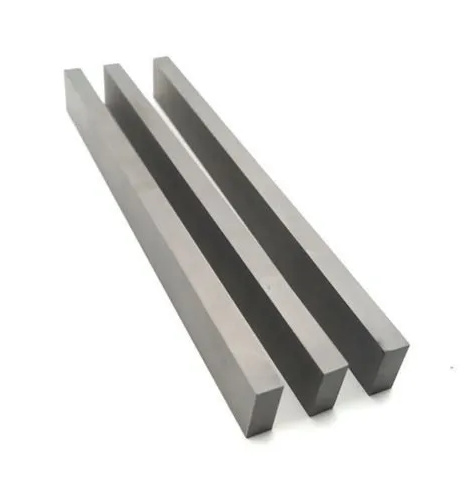
Common Challenges in Carbide Machining
Machining carbide is no walk in the park. Its extreme hardness presents a double-edged sword—excellent for performance but demanding on tools and techniques. Let’s explore the most common challenges:
1. Tool Wear and Breakage
Carbide’s hardness leads to rapid tool wear. Cutting tools, even those designed for carbide, can deteriorate quickly, leading to frequent replacements and increased costs.
2. Heat Generation
Machining carbide generates substantial heat, which can affect precision and cause tool degradation. Managing heat dissipation is critical.
3. Surface Finish Issues
Achieving a smooth finish on carbide is tricky due to its brittle nature. Improper machining can result in surface cracks or rough textures.
4. Chip Control
Carbide’s brittleness often results in uneven or fragmented chips, posing challenges for collection and disposal.
5. High Equipment Costs
The specialized machinery and tools required for carbide machining come at a premium. This can deter smaller manufacturers from adopting the technology.
Innovations in Carbide Machining
| Innovation | Description | Benefits |
|---|---|---|
| Advanced Coatings | Applying coatings like TiAlN or diamond-like carbon to cutting tools. | Enhanced tool life, reduced wear, better heat resistance. |
| High-Precision Grinding | Utilization of diamond grinding wheels. | Improved surface finish and dimensional accuracy. |
| Coolant Integration Systems | Use of high-pressure coolant delivery systems. | Effective heat management, reduced thermal deformation. |
| Laser-Assisted Machining | Pre-heating carbide surfaces with lasers. | Reduced brittleness, easier chip removal. |
| Additive Manufacturing | 3D printing tools with carbide powders. | Customization of tools, reduced material waste. |
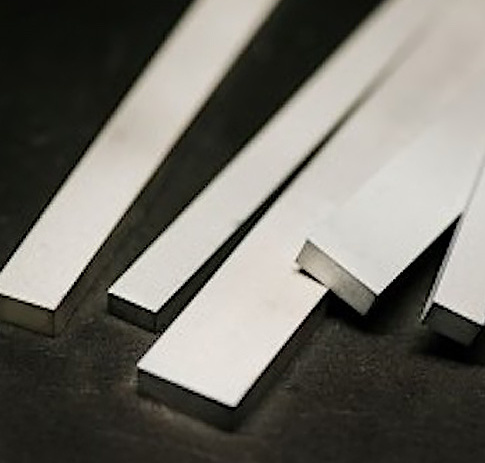

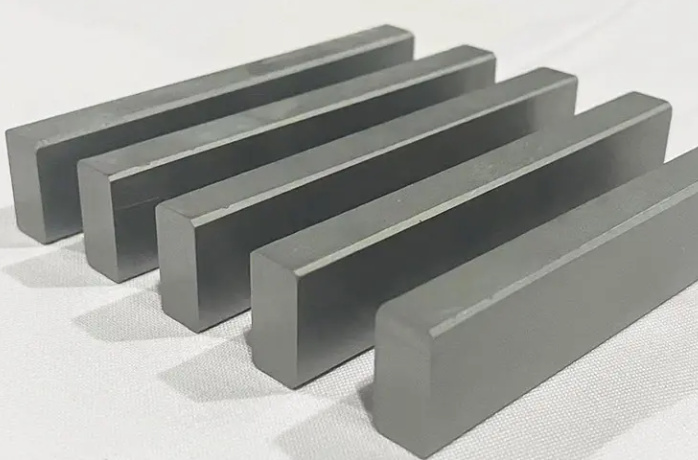
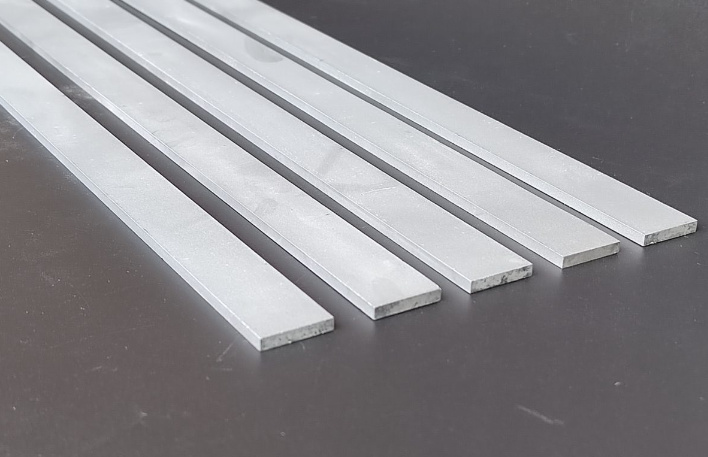
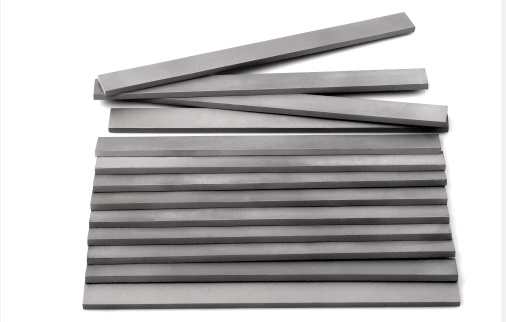
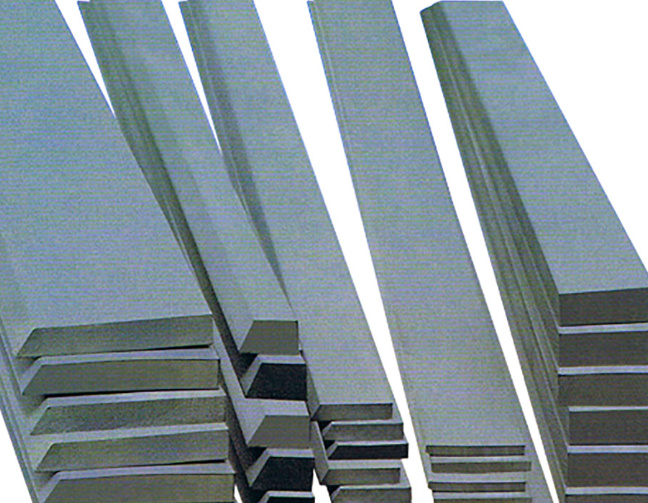
Practical Tips for Manufacturers
1. Choose the Right Tools
Opt for tools specifically designed for carbide, such as diamond-tipped or coated options. Match tool grade to the application—harder grades for wear resistance, softer grades for shock absorption.
2. Optimize Cutting Parameters
Balance speed, feed rate, and depth of cut to minimize tool wear. Lower speeds often work better for carbide machining.
3. Use Appropriate Coolants
High-performance coolants reduce heat and prolong tool life. Consider flood cooling for large-scale operations or mist cooling for precision work.
4. Invest in Quality Machinery
High-rigidity CNC machines with vibration-damping features are essential for carbide machining. Precision matters, so don’t cut corners here.
5. Regular Tool Maintenance
Inspect and re-sharpen tools regularly. A dull tool not only reduces efficiency but can damage the carbide component.
Characteristics of Carbide Machining
Carbide machining stands out for its unique features. Here’s a breakdown:
- Durability: Components last longer under abrasive conditions.
- Precision: Tight tolerances can be achieved.
- Versatility: Suitable for a wide range of industries, from tooling to aerospace.
- Cost-Effectiveness: While initial costs are high, long-term savings in durability and performance offset this.
Comparison of Carbide Machining Challenges and Other Substitutes
| Feature | Carbide Machining | Steel Machining | Ceramic Machining |
|---|---|---|---|
| Hardness | Superior | Moderate | High |
| Tool Wear Rate | High | Moderate | Low |
| Heat Resistance | Excellent | Good | Excellent |
| Cost | Higher upfront | Lower upfront | High |
| Brittleness | Prone to chipping | Less brittle | Highly brittle |
| Surface Finish Precision | High precision achievable | Moderate precision | Excellent precision |
Things to Note When Purchasing Carbide Machining Tools
When buying carbide machining tools, consider:
- Material Grade: Ensure compatibility with your application. Tungsten carbide with cobalt binder is versatile.
- Tool Coatings: Coated tools last longer and perform better.
- Supplier Reputation: Stick to trusted brands like Kennametal, Sandvik, or Ceratizit.
- Customizability: For unique applications, consider bespoke tool designs.
- Price vs. Performance: High-quality tools have a higher upfront cost but save money in the long run.
Advantages and Limitations of Carbide Machining Challenges
| Aspect | Advantages | Limitations |
|---|---|---|
| Hardness | High resistance to wear and deformation | Difficult to machine due to extreme hardness |
| Thermal Stability | Maintains properties at high temperatures | Requires advanced cooling solutions |
| Longevity | Durable under abrasive conditions | High upfront equipment costs |
| Precision | Tight tolerances and superior surface finish | Brittle, prone to chipping under stress |

FAQs
| Question | Answer |
|---|---|
| What is carbide used for in machining? | Carbide is used for cutting tools, dies, and wear-resistant components due to its hardness and thermal stability. |
| Why is carbide machining challenging? | Its extreme hardness and brittleness make it tough on tools and require specialized equipment. |
| How can I extend the life of carbide tools? | Use appropriate coatings, optimize cutting parameters, and employ effective cooling techniques. |
| What industries benefit from carbide? | Aerospace, automotive, tooling, and mining industries frequently use carbide for its durability and precision. |
| Is carbide machining cost-effective? | While expensive upfront, its durability and performance offer significant long-term savings. |




